2700K vs 3000K Lighting: Discovering the difference
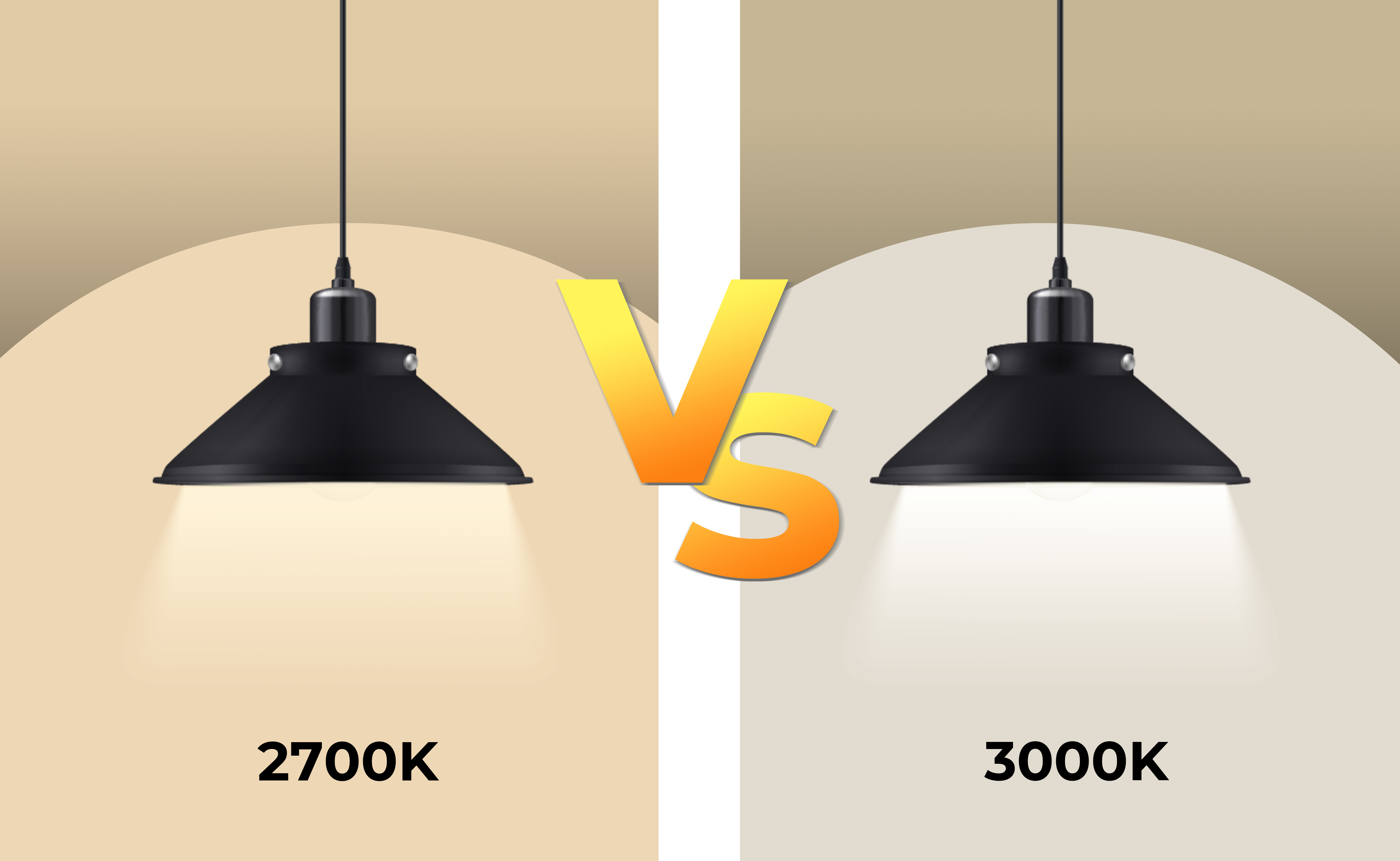
When it comes to choosing the right lighting for your space, even the subtlest differences can have a significant impact. One such consideration is the color temperature of your light bulbs. Among the myriad options available, two of the most commonly encountered are 2700K and 3000K lights. While they may seem similar at first glance, each hue brings its own unique ambiance to your environment.
In this article, we'll explore the distinction between 2700K vs 3000K lights, helping you make informed decisions about illuminating your home or business.
What is Color Temperature?
To compare 2700K and 3000K lighting, it’s better to understand the definition of color temperature first.
Definition
A light bulb’s color temperature refers to the color of the visible light source when compared to the color of light emitted by an idealized opaque, non-reflective body. For example, with light bulbs, color temperature describes the actual color of the light emitted by the bulb. Color temperature is measured in Kelvins(K).
Generally speaking, a bulb’s color temperature is not indicative of the heat it gives off. Instead, it merely lets you know how the light will look and feel, such as warm or cooler colors.
Scales
The color temperature scale describes the color of the light emitted by a specific source, which is often different than the temperature of the source. The scale of color temperature ranges from 1000K to 10000K. In commercial and residential settings, the typical range is from 2000K to 6500K. A good rule of thumb to remember is that warmer colors tend to have a lower color temperature.
The full color temperature scale is as follows:
- Under 2000K: Dim light, like a candle.
- 2000K to 3000K: Warm white with a yellow tint.
- 3500K to 4000K: Cool white.
- 4500K to 5000K: Daylight.
- 5500K and above Prison light, when the maximum light and warmth are irrelevant.

2700K vs 3000K: What are the Differences
The key difference between 2700K and 3000K lies in their color temperature and hue. While 2700K is often referred to as 'warm white' due to its yellowish-orange tint, 3000K, known as 'soft white,'.
Firstly, 2700K is often described as ‘warm white,” due to its yellowish-orange hue. It’s commonly used in traditional incandescent bulbs, whereas 3000K, or “soft white,” is cooler and more neutral in tone. These differences in hue create a distinct atmosphere, with 2700K lending a warmer feeling while 3000K is softer and whiter.
Another difference you’ll find between 2700K and 3000K is where they land in the Color Rendering Index (CRI). The CRI is what we use to measure the ability of a light source to reveal the color of different objects in contrast to a natural light source. For example, how the sunlight appears while passing through a window. Typically, 3000K bulbs have a higher CRI rating because of the efficiency of their light emission.
2700K vs. 3000K: Quick Comparison Chart
For an easily digestible comparison between the 2700K and 3000K lighting, review the table below:
2700K vs 3000K: The Right Color for Each Room
You can use 2700K and 3000K light bulbs all over your home, but how do you choose the right one for each room? For the most part, it’s personal preference, but here are some things to consider:
Bedroom
Generally, we’re in our bedrooms to relax, so you want a cozier atmosphere. You can make your room more inviting with warmer lights, so you’ll be leaning more toward 2700K bulbs. Be mindful if your bedroom doubles as an office space as the warmer, soothing lights can reduce productivity by calming your mind and making it easier to fall asleep.
Choose your bedroom lighting based on how you use the space. If it’s your getaway after a long day, stick to warmer 2700K bulbs. If it has a more practical purpose, maybe as an office or a place where you like to read, 3000K lighting will be better suited.

Bathroom
Contrasting your bedroom, you want brighter lighting in your bathroom. A 3000K bulb is preferred for bathrooms because it produces a cleaner, crisper tone that gives the space a more natural appearance. Since bathrooms tend to have lighter-colored walls, a 2700K bulb can dull the space whereas a 3000K bulb makes use of the brighter surface.
Think about why you use your bathroom, too. If you’re getting ready for work or undergoing a grueling grooming routine, a 3000K bulb will enhance your reflection in the mirror. Since 2700K bulbs have a yellowish hue, what you’re seeing in the mirror is less natural and not true to how you really look. When it comes to applying makeup, you want an accurate reflection.
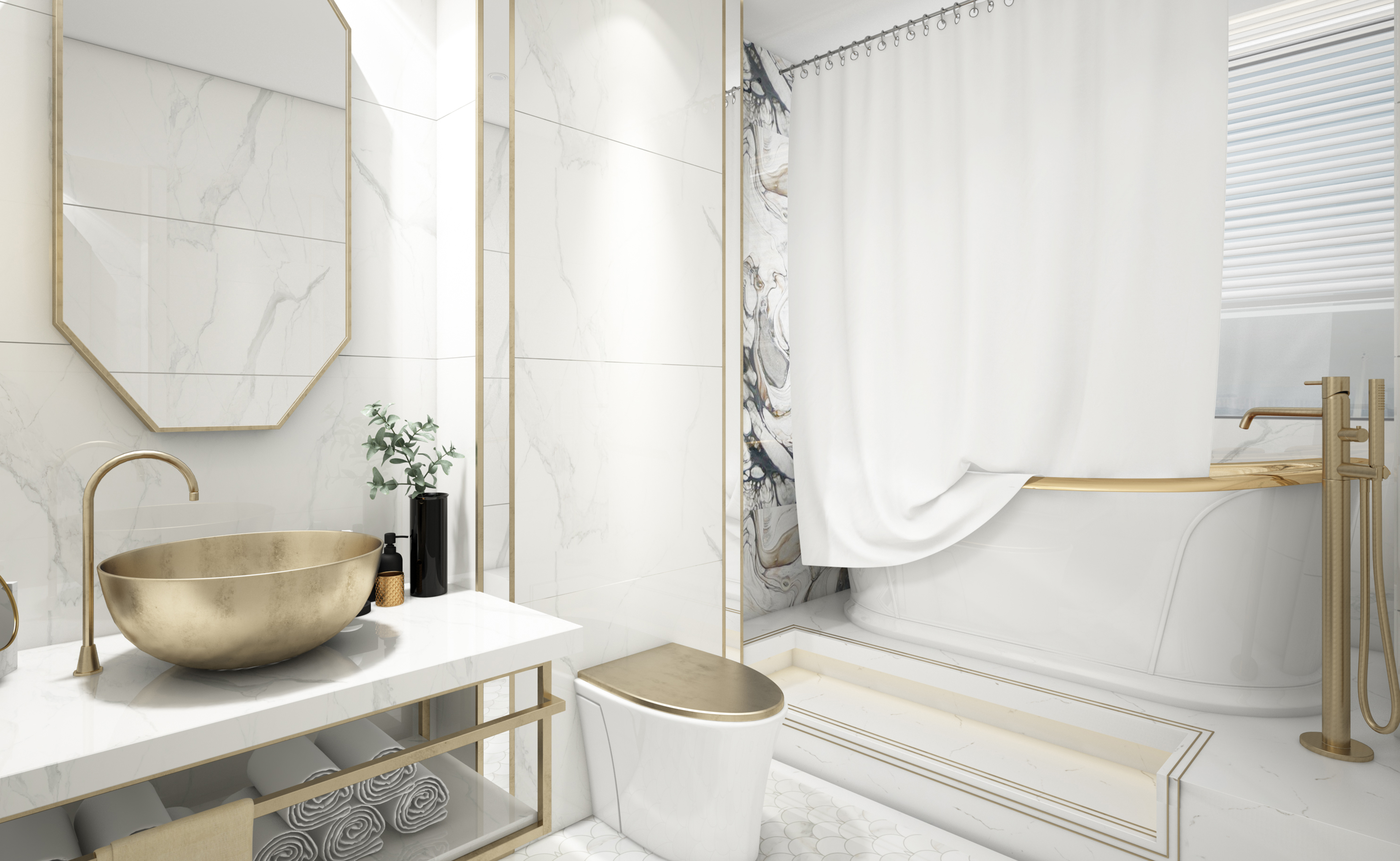
Kitchen
How is your kitchen decorated? Is there natural lighting to supplement a warmer, off-white hue? How often is your kitchen used? These are questions you want to ask when shopping for lighting for your kitchen.
But it’s also about the mood you want to set in the kitchen. A 3000K light will produce that slightly harsher, task-oriented look better suited for a very active kitchen. If you want a more relaxing and slower-paced environment, you should consider a 2700K bulb.
The bulb you choose will also depend on your decor and color scheme. Darker wood cabinets call for a brighter light as it enhances the richness of the wood and keeps your kitchen from looking like a dungeon. A more contemporary kitchen with a light of white and lighter colors will look better under a 2700K bulb’s light.
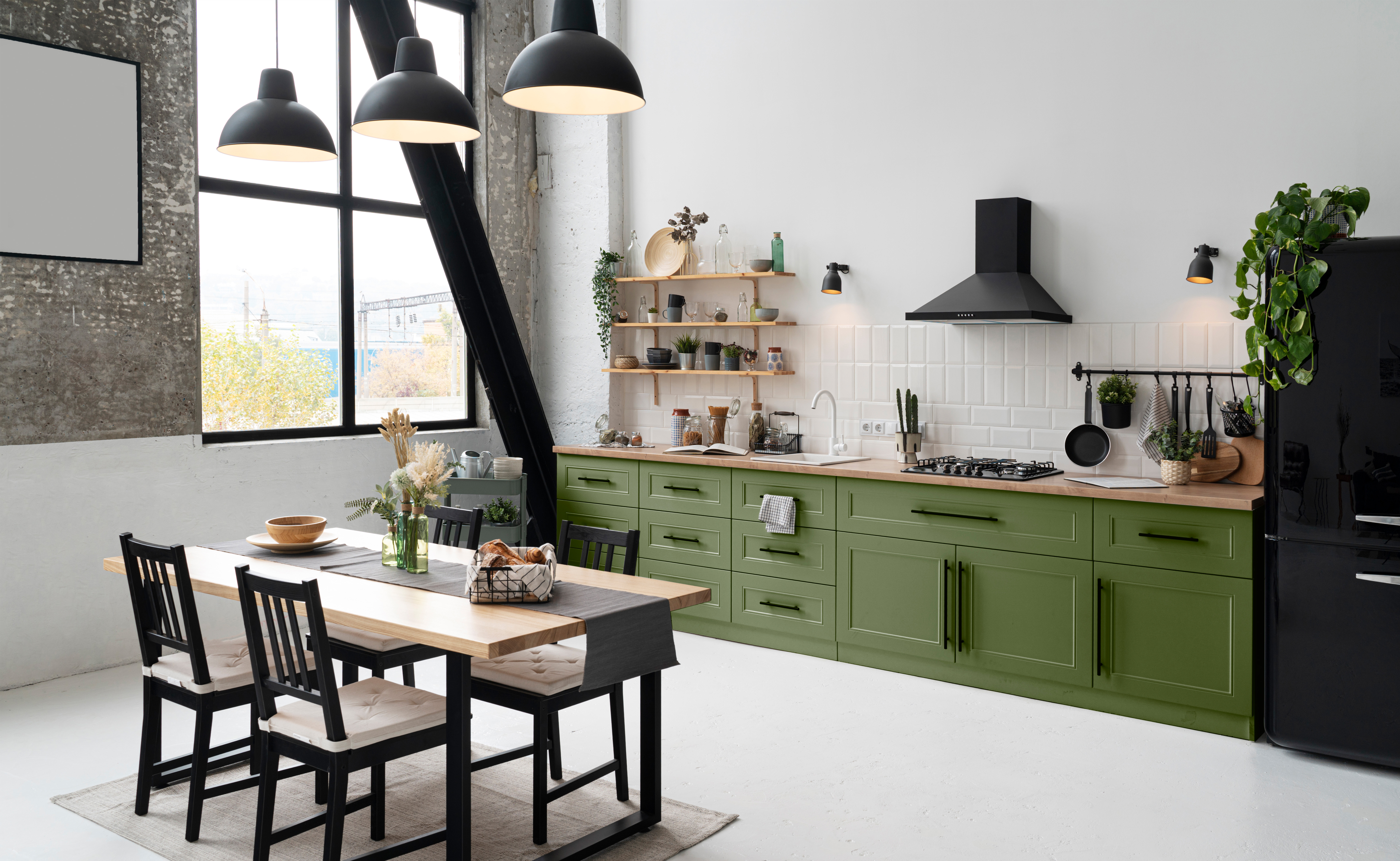
Living Room
Your living room is a great space to really experiment with different color temperatures. You don’t even have to settle for one or the other if you have the right lighting fixture, giving you the option to change from warmer to brighter depending on the need.
If you’re lounging around at night watching TV, you may want the option for a warmer light. If you have company and everyone is engaged in conversation, a brighter light makes the most sense.
Typically, living rooms also receive quite a bit of natural light. Does yours get enough sunlight where you just need a supplement come nightfall? Or is your space blocked by trees or heavily shaded, thus requiring a brighter bulb? Don’t forget to consider where you live and how the local weather can impact the amount of light you receive.
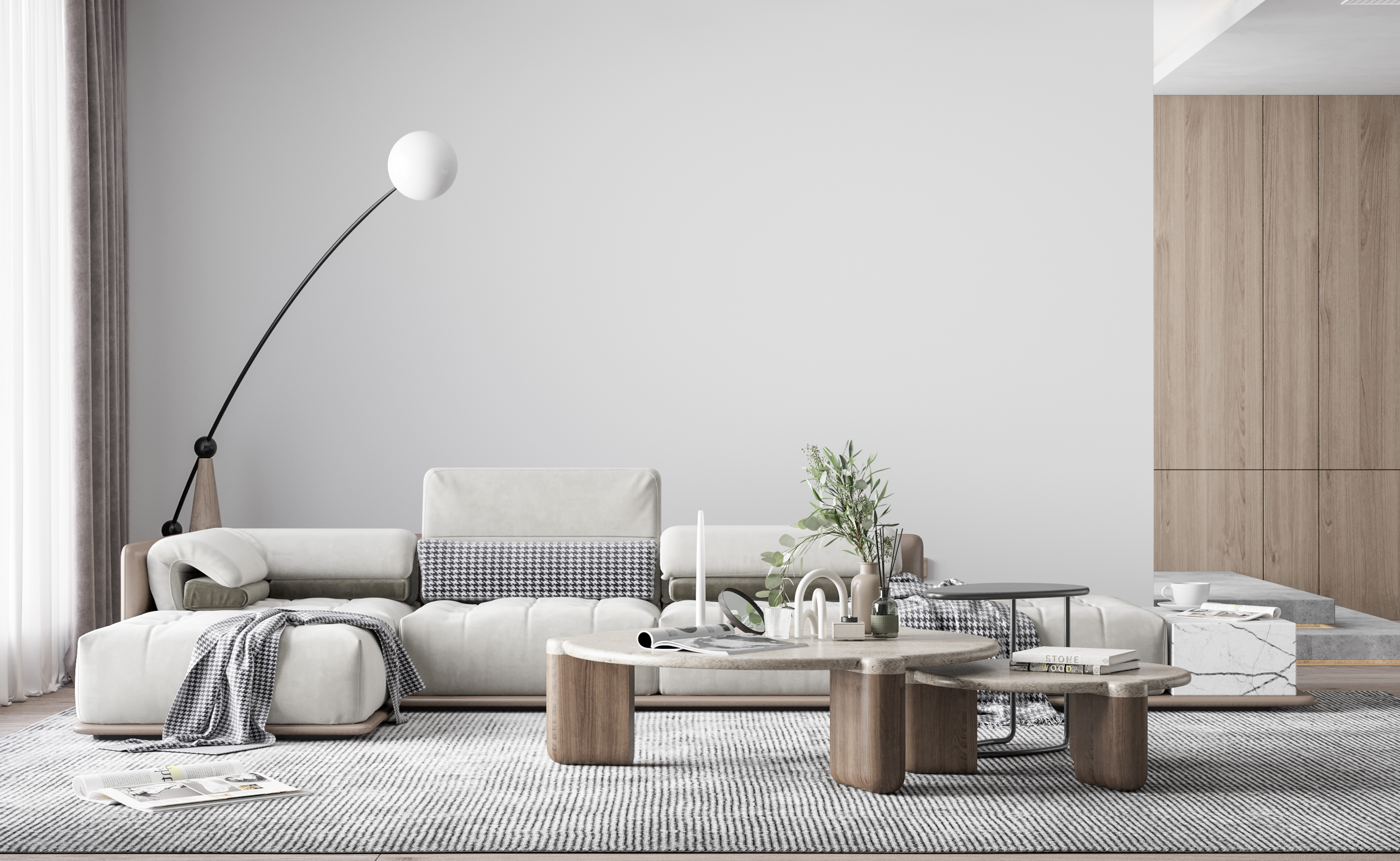
Landscape Lighting
For the most part, landscape lighting is all about personal preference. There is no one right color temperature for your outdoor space, but there are two fundamental points you should understand when thinking about outdoor lighting.
First, less lighting is needed for outdoor use, which means ambient light can be more subtle. Second, ambient lighting doesn’t need to be harsh, so warmer lights, or a lower color temperature, are likely preferred to create an attractive aesthetic.
Since 2700K produces warmer light, you may want to consider these bulbs for pathways and uplighting. More contemporary homes may benefit from the light of a 3000K bulb, especially homes painted a very distinct color.
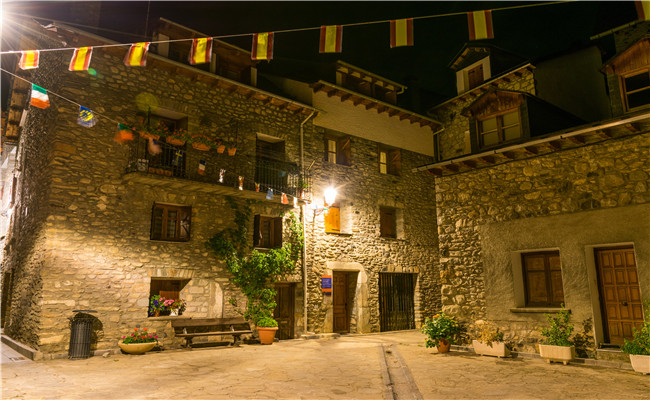
CRI: A Useful Index for Comparing Lighting
Earlier, we briefly mentioned the Color Rendering Index (CRI). In short, it’s the measurement of light in relation to how it affects how a color appears. The CRI range will change based on the color temperature of the source light.
The CRI ranges from 0 to 100 and is based on how accurately the produced light matches the natural light source reference, such as the sun. For light bulbs, the higher end of the index means they produce a more accurate color render of the objects surrounding it.
Typically, a range of 90 to 100 is rated as excellent for the clear colors that are produced. A CRI of 65 to 80 is considered acceptable but may have distortion, and anything under 55 will have very obvious distortions in color. If you’re looking for an optimal CRI, you want to land between 80 to 100.
Bonus Tips: The Main Variables for Home Lighting
We’ve established that color temperature should be a big factor when deciding on home lighting, but there are more variables to think about:
Types of Bulbs
If you’ve ever extensively shopped for light bulbs, chances are you’ve come across the four different types available for residential use. These include:
- Incandescent: This is the original light bulb that Thomas Edison is credited with inventing. They produce a warmer light but are very efficient. They do heat up over time and can actually burn you if you’re not careful.
- Halogen: An improvement over incandescent bulbs, halogens produce a very similar color light but are low-cost, dimmable, and long-lasting. When it comes to energy efficiency, they’re near identical to incandescent bulbs.
- Fluorescent: Most common in offices and parking garages, fluorescent bulbs emit an intense light and are great for illuminating large spaces. Despite being brighter, fluorescent lights are more efficient than both incandescent and halogen bulbs.
- LED: Light-emitting diode (LED) bulbs are more complex than other bulbs. The light is created when electricity flows through a semiconductor and jumps across a non-conductive region of the bulb. LEDs are very energy efficient and environmentally friendly.
Power Supply
Different light bulbs may require different power supplies to run safely. Watts (W) is a measure of power that quantifies the amount of electricity used, and both your lighting fixture and light bulb have a watt rating. You need to know the maximum wattage rating of the fixture the bulb will be installed in.
A bulb with a lower watt rating is going to use less energy than a bulb with a higher rating, and, therefore, will also be cooler to run. Putting a high-watt bulb inside a fixture designed for lower-watt output is a fire hazard and can cause overheating.
Light Emission
The light emission of a bulb is measured in lumens, which directly describe how much light is emitted by a source. If you want to replace old, dimmer light bulbs inside your home, you should shop for bulbs with a higher lumens rating. Generally, the higher the lumens, the higher the watts, and the brighter the light. LEDs are an exception to the rule as they can have a higher lumens rating but consume less power.
Blue Light Hazard
Blue light emissions can have a direct impact on your ability to relax and fall asleep. Greater exposure to this invisible light is said to suppress the production of melatonin or the hormone that relaxes your body and helps you sleep.
The brightness of the bulb and its proximity to your eyes will affect the impact the light source has on your melatonin levels. According to some studies, exposure to over 5000K can increase blue light hazards. Sticking to lighting under 3500K can help mitigate the effects of blue light.
FAQs
Is there a noticeable difference between 2700K vs 3000K lighting?
If you see the two temperatures at a distance, there’s no visible difference. However, when viewed next to one another, you can see the whiter tones of 3000K bulbs and the yellowish-orange hue of a 2700K bulb.
What color temperature is better than 2700K or 3000K?
Color temperature is more of a personal preference, and one isn’t better than the other. Lower Kelvin ranges emit a warmer light, so if that’s your preference, you’ll want to look at bulbs under 3000K.
What color temperature of light is best for landscape lighting?
According to researchers, 2700K warm white lighting is best for landscape lighting. It tends to be more inviting and soothing compared to the 3000K range, which is harsher. However, 3000K can be better if you really want to highlight the color of your home.
Can I adjust the color temperature?
There are specific bulbs that allow you to change the color temperature without having to tinker with the fixture or power output. Modern bulbs can come with smartphone app integration which allows you to change colors in real-time, giving you full control over whether your bulb is warm, brighter, or a unique color altogether.
Conclusion
When it comes to a common scale for color temperatures, you’re going to find 2700K and 3000K are the most widely used. The biggest difference between them is in the hue of the light, with 2700K delivering a more yellow tone and 3000K offering a purer white light. Knowing the difference can help you choose the right color temperature for your home.
Do you know the color temperature of the bulbs you use in your home? Do you favor 2700K or 3000K bulbs? Can you tell the difference between them? Let us know your thoughts and experiences below!
Search
Subscribe for the Latest Updates
Security insights & offers right into your inbox
